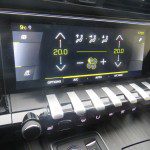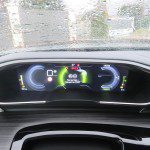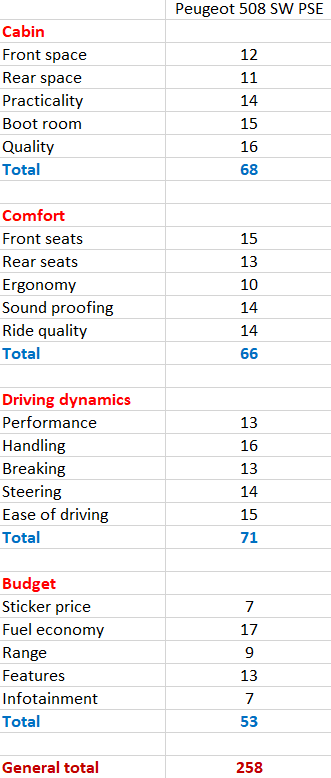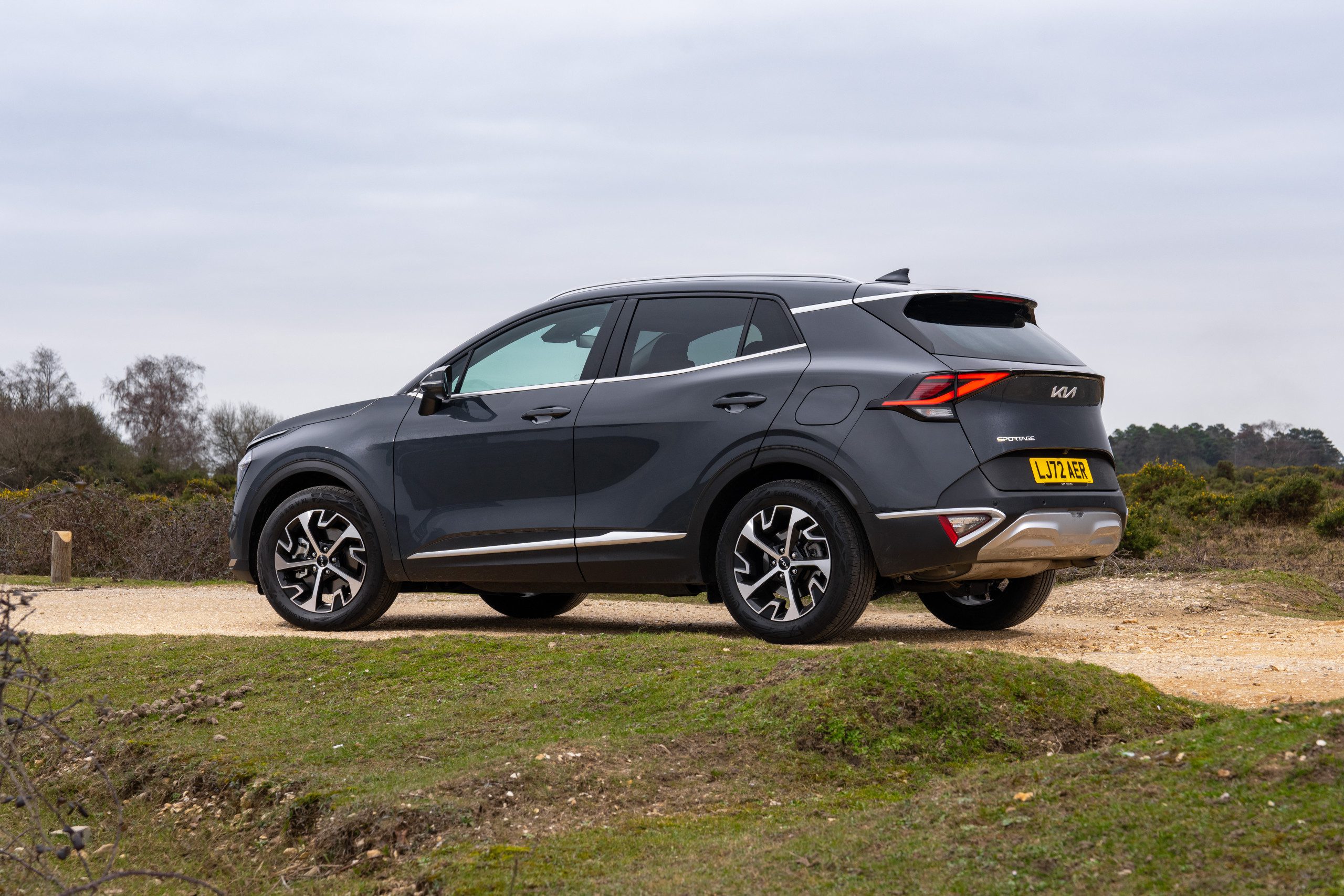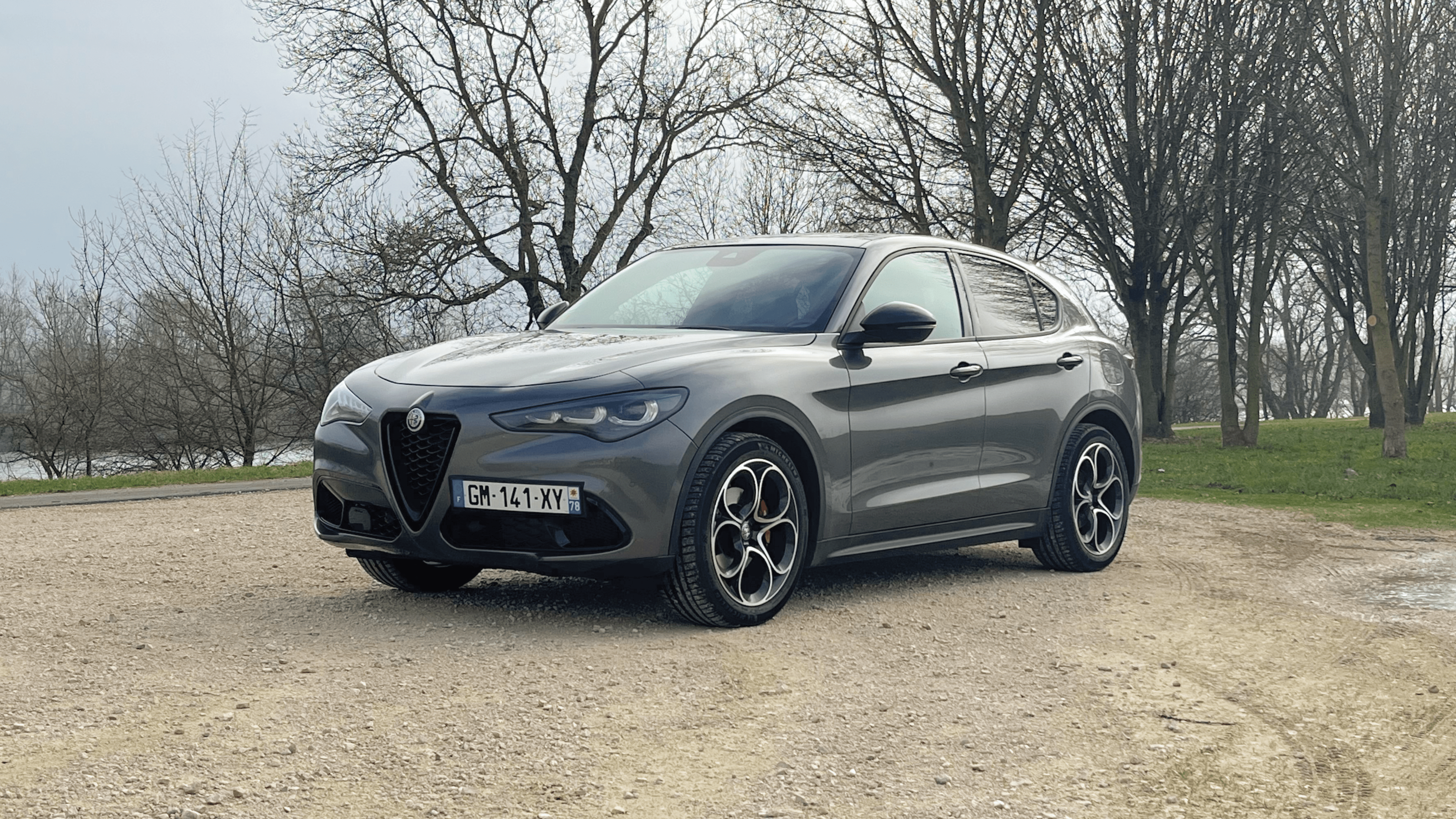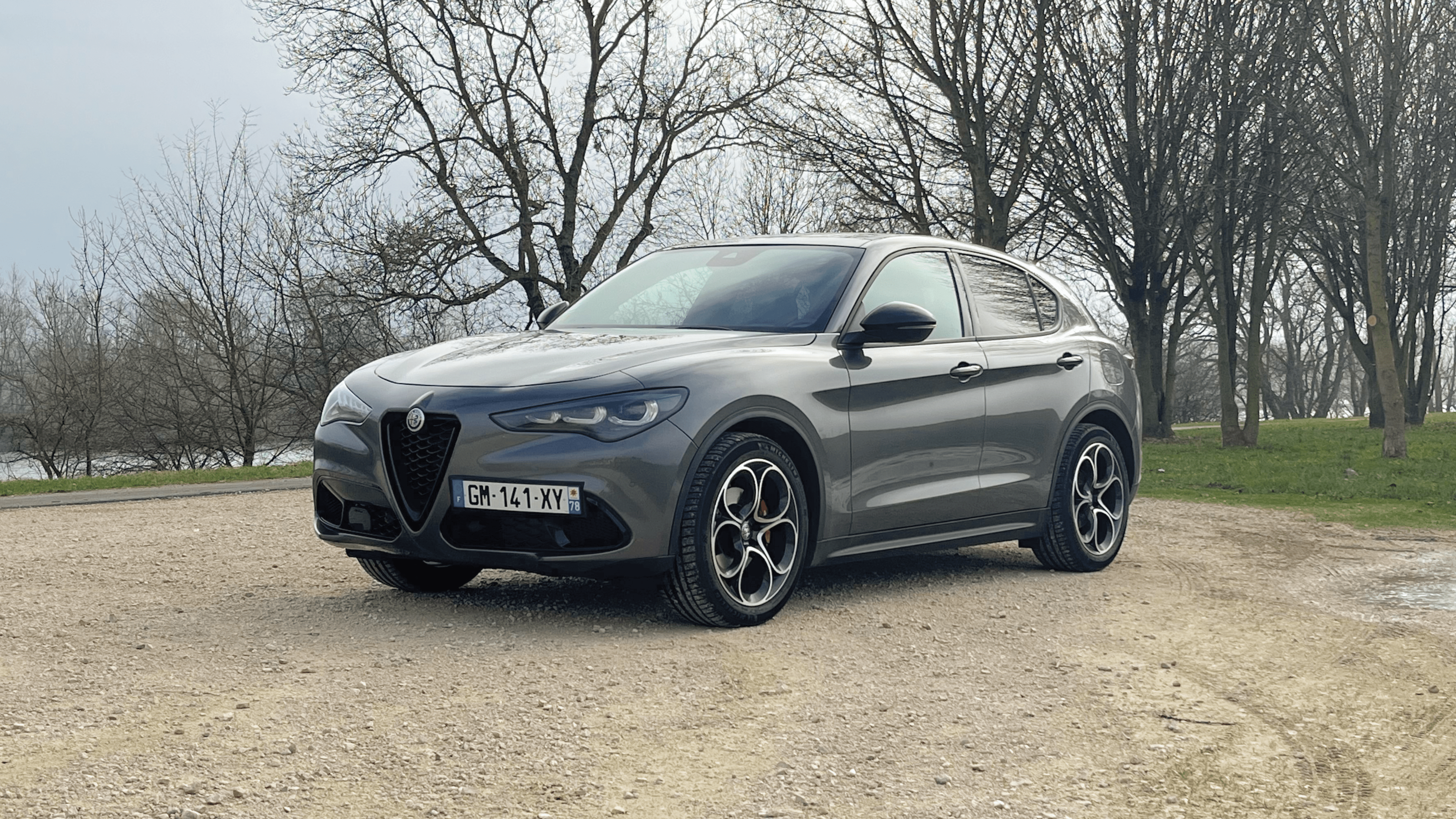Peugeot 508 SW PSE review (2021) – Three super letters for a super estate?
The mightiest French estate car
Peugeot Sport Engineered. These are the three words that will have the difficult task of replacing the mythical GTI designation that has been used on the tailgates of the muscular models since 1983. A future collector in the making, the 308 GTI will thus have been the last child in a long line of Peugeot sports cars to run entirely on petrol. The 508 sedan is now paving the way for electrification, with driving pleasure combined with respect for the environment as its guiding principle. Is it a successful gamble or a clumsy combination?
Portrait – A lioness on testosterone
With its dynamic lines resembling an athletic five-door coupé, the second generation 508 is undoubtedly an aesthetic success, especially in its SW estate version. The PSE model builds on this excellent base by transforming the identity of the car with all kinds of tricks. For example, all the chrome elements such as the window surrounds, roof rails and logos are now in gloss black. With its floating slats, the grille gives the PSE a more aggressive look than the other 508s. The Selenium Grey colour of our test model is also very attractive, as are the black 20-inch wheels fitted with Michelin Pilot Sport 4S tyres. The whole thing goes well with the Kryptonite colour, which is characteristic of the PSE environment. This colour, oscillating between green and yellow – it’s up to you – discreetly invites itself on the air inlets and the front brake callipers. The skirts are visibly swollen and are accompanied by scoops that visually enlarge the vehicle. The same is true for the rear, where the diffuser and two generously sized tailpipes are a clear reminder of the claims of this angry estate car. From both near and far, the vehicle appears stocky with well-balanced measurements (4.79 m long, 1.86 m wide and 1.41 m high) and slightly wider tracks. With all this apparatus, the 508 SW PSE fully assumes its demonstrative bias, which is sure to provoke reactions from both insiders and outsiders alike. Does this boldness continue in the cabin?
In the cabin – The triumph of refinement over sportiness
With its original wrap-around i-Cockpit and low driving position, the 508 PSE is again more reminiscent of a dynamic coupé than a family sedan. However, the differences are more subtle than you might think with the more conventional 508s. The cabin shows its specificities with a mix of Alcantara, fabric and 3D mesh upholstery, sublimated with Kryptonite stitching. The latter are found on the steering wheel and dashboard. Zebrano-style wood has been introduced in place of the carbon imitation of the other 508s. The PSE logos are placed on the door sills and at the base of the steering wheel. For the rest, the PSE remains very – too? – close to a 508 GT Pack. The same conclusion can be drawn regarding the quality of the trim: the whole thing exudes seriousness, although some hard plastics remain in the lower part. In this sense, the atmosphere is more chic than sporty. The front occupants are pampered with electrically adjustable, heated and massaging seats. Those in the second row, however, are less fortunate with limited legroom relative to the vehicle’s size. The centre seat is firm and should only be reserved as a last resort.
As usual, the general ergonomics require time to adapt, with a heavy reliance on the touch screen for the main functions, despite the welcome addition of the piano keys. The menu layout is also a bit cluttered and the interface graphics lag far behind the competition. While the digital instrument cluster do a little better with multiple configuration possibilities, they offer display modes that are not very original as they are also entirely taken from the other 508s. As for the boot, the 508 SW PSE is a good performer with a capacity of 530 litres with the rear seats in place and 1,780 litres with those down. These figures are similar to those of the fully ICE 508 SWs, as the batteries are located under the rear bench. In addition, the domestic charging cable is fitted under the floor, whereas the cable for public charging points is not.
On the road – Do we found an impostor?
For the first Peugeot sports car in the PSE era, the Lion’s engineers have completely reworked the chassis to offer a driving sensation that is just right. The adaptive dampers also allow the 508 SW PSE to have two personalities, with a choice of a more dynamic or more relaxed character. In Sport mode, the steering and suspension become stiffer, the engine is more vocal and the EAT8 gearbox automatically drops a gear. On winding roads, the grip is firm, the roll is controlled and the front end is precise. The three engines are alert and constantly produce 360 PS. But this is not enough to turn the vehicle into a true sports car, for two reasons. First of all, the car’s size is not exactly easy to get used to and it has a particularly high mass. Secondly, the brake pedal repeats the fault that is typical of hybrid models, i.e. a not really obvious feel with a sudden transition between regenerative and friction braking. This is a pity because the real brakes, taken from the 308 GTI, are very efficient.
In Comfort mode, the damping is a little more accommodating for the passengers’ spines with better absorption of the road’s chaos. The same goes for the engine, which is now mellower, even though it is still quite responsive when the accelerator pedal is fully pressed. In the city, you’ll have to deal with reduced rear visibility and a long bonnet with an inconspicuous end. The suspension is also rather stiff at low speeds, even in Comfort mode. It is therefore on the motorway that the 508 SW PSE shines thanks to its comfortable seats and its advanced general soundproofing. Only a few rolling noises can be heard on board on poor road surfaces and disturb the peace of mind of the occupants. After 1,802 mi (2,900 km), the on-board computer showed us a very nice 45.6 mpg (6.2 l/100 km) with a little eco-driving here and there. On the electric side, we managed to drive 23 mi (37 km) without burning a drop of unleaded fuel.
This feat was achieved thanks to Peugeot’s technical choice, which is admittedly extremely complicated. The front is powered by the 1.6 PureTech (200 PS and 300 Nm of torque) accompanied by an electric motor developing 110 PS and 320 Nm of torque. At the rear is another electric motor with 113 PS and 166 Nm of torque. It is this motor that will drive the car in electric mode. In hybrid mode, things get more complicated. Above 37 mph (60 kph), the 1.6 PureTech will propel the front wheels and can be helped by the front or rear electric motor. In other cases, the PureTech will only run to power the batteries while the front and/or rear electric motor(s) take over.
Competition
This complexity on paper is paid for when it comes to the final bill. The 508 SW PSE starts at €68,950, a high price partly justified by a royal level of equipment (massaging seats, Focal sound system, night vision, Alcantara upholstery, etc.) although sometimes lacking (panoramic roof still optional, Matrix LED lights and Park Assist unavailable for example). This puts the French car in the upper echelons of the market, alongside other premium estate cars such as the BMW 330e xDrive Touring M Sport (€63,200, 292 PS) and the Mercedes C300e Estate AMG Line (€64,050, 313 PS). Although the two German cars are not as powerful, they can count on a superior trim quality and an infinitely more efficient infotainment system. On the other hand, the Mercedes plays another trump card, the electric range, which reaches an impressive 69 mi (111 km) in the WLTP cycle, which is more than double that of the Peugeot! And if the Germans don’t tempt you, you can also turn to Sweden with the Volvo V60 T8 Recharge Ultimate (€69,800, 350 PS) which remains a good and exotic choice.
Conclusion
With its spectacular exterior styling, the 508 SW PSE is a perfect example of a sporting metaphor. Behind the wheel, however, you realize that looks can be – very – deceiving. The driving sensations suggested by the bodywork are in fact quickly suffocated by the high weight of the whole. This muscular 508 is above all an image vehicle for Peugeot and is only of interest to companies that can avoid taxes with the plug-in hybrid card. For the others, we can only advise them to go for the 508 SW HYBRID 225 in GT Pack trim, almost as well equipped and above all, €13,000 cheaper.
Strengths
- Exterior and interior styling
- General comfort
- Good fuel economy considering the horsepower
Weaknesses
- Very pricey
- Aseptic driving sensations
- Poor rear seat space
- Outdated infotainment system
Verdict : 12,9/20 – Acceptable
I would like to thank Peugeot France for lending me the vehicle, otherwise this review would not have been possible.
Recommend0 recommendationsPublished in Cars, Reviews













